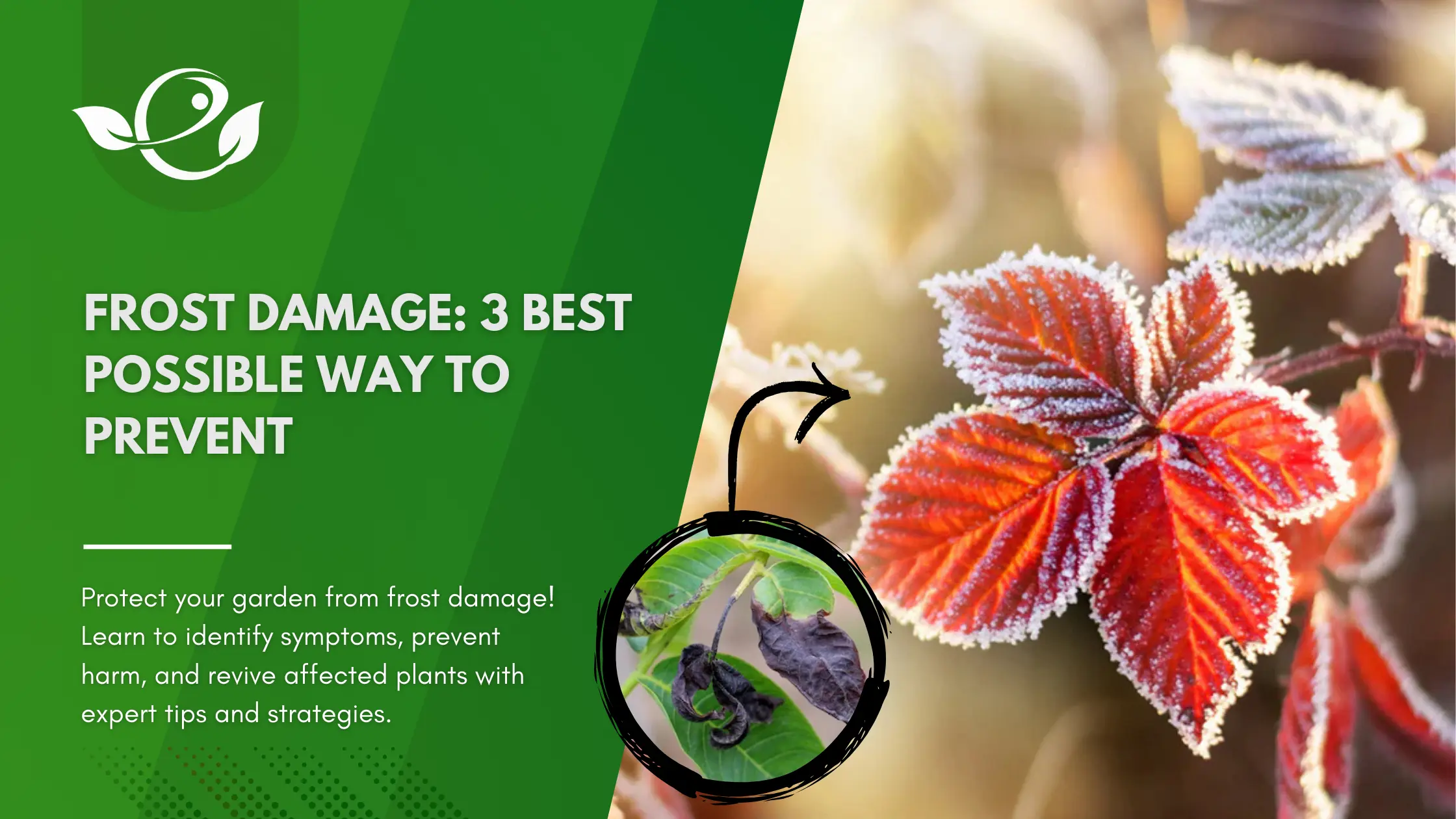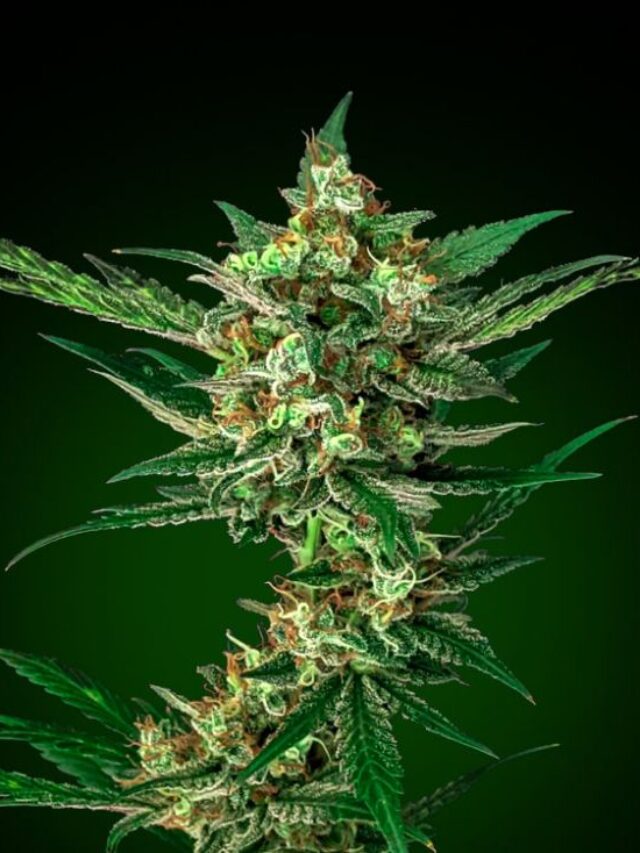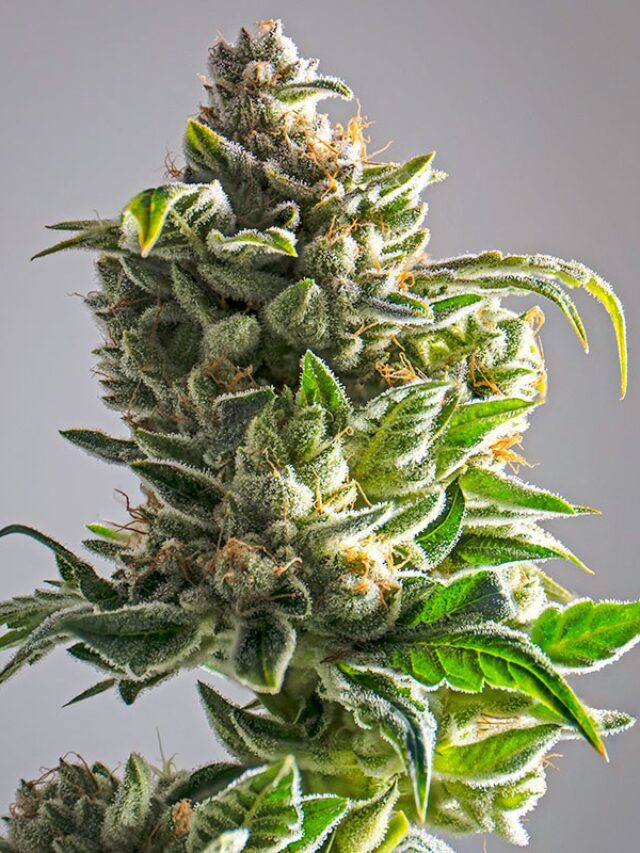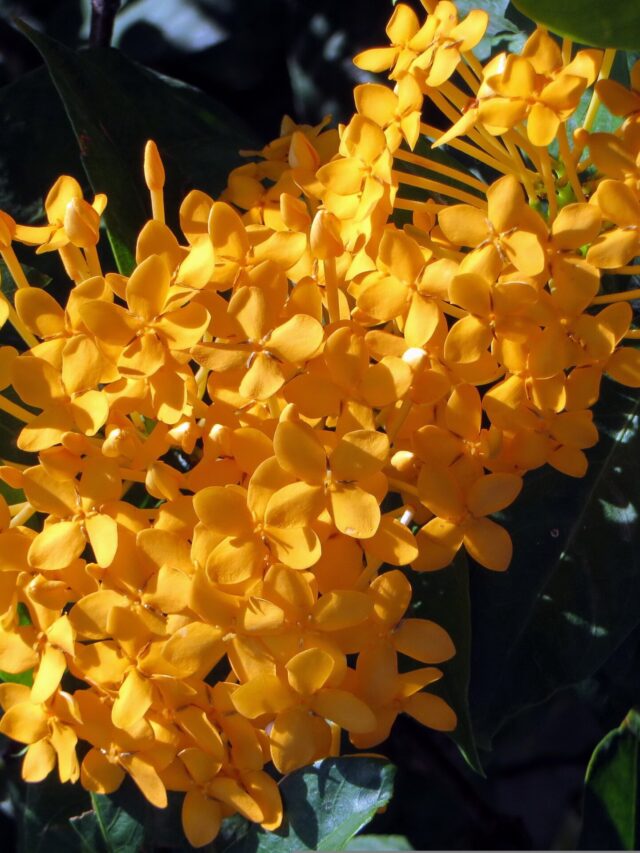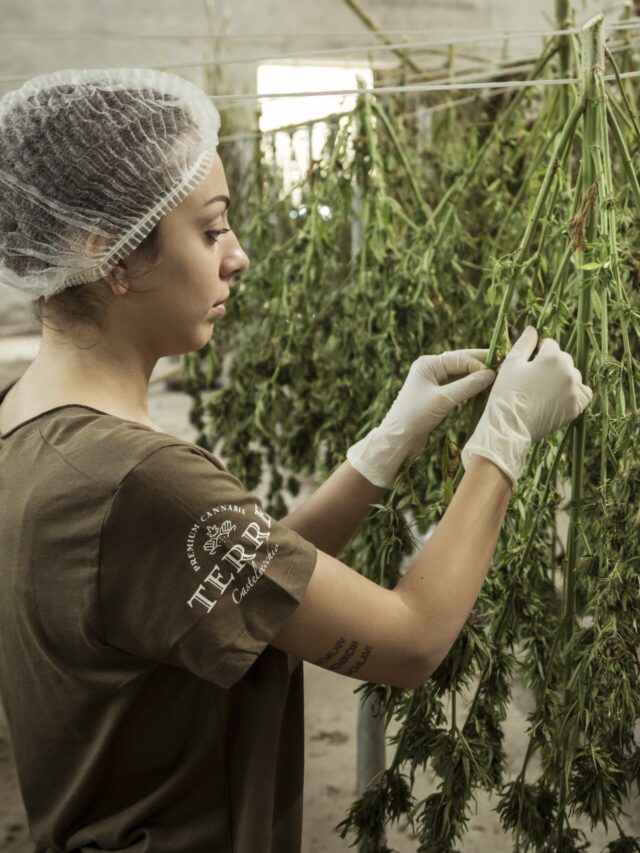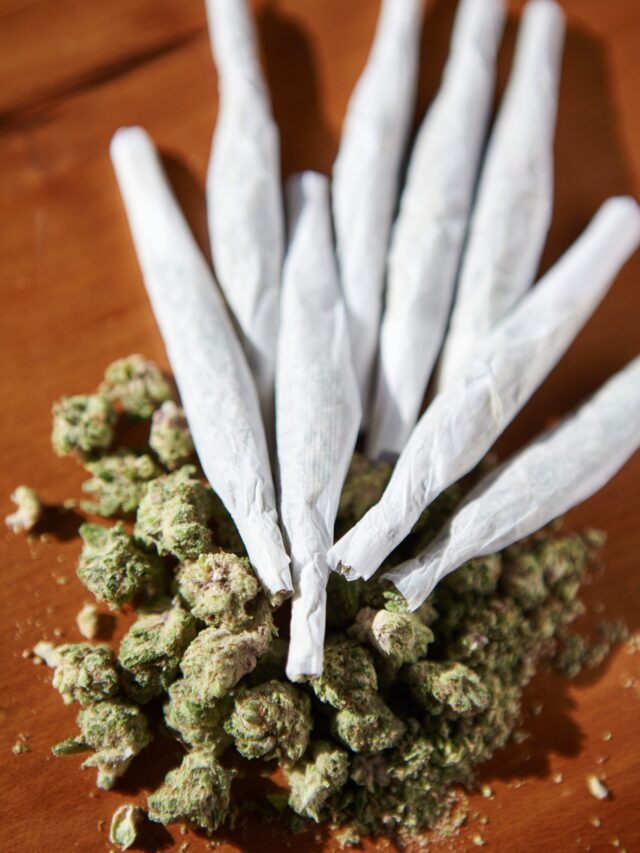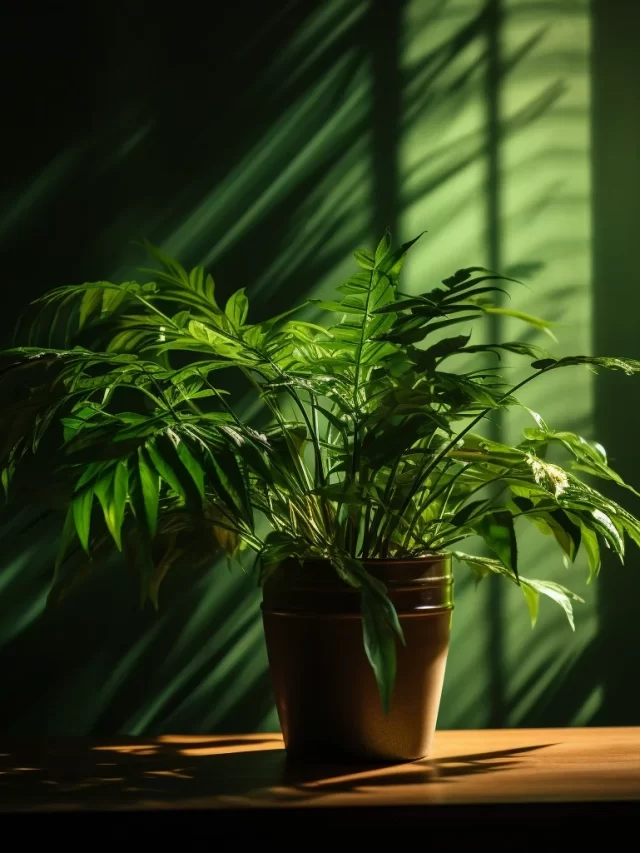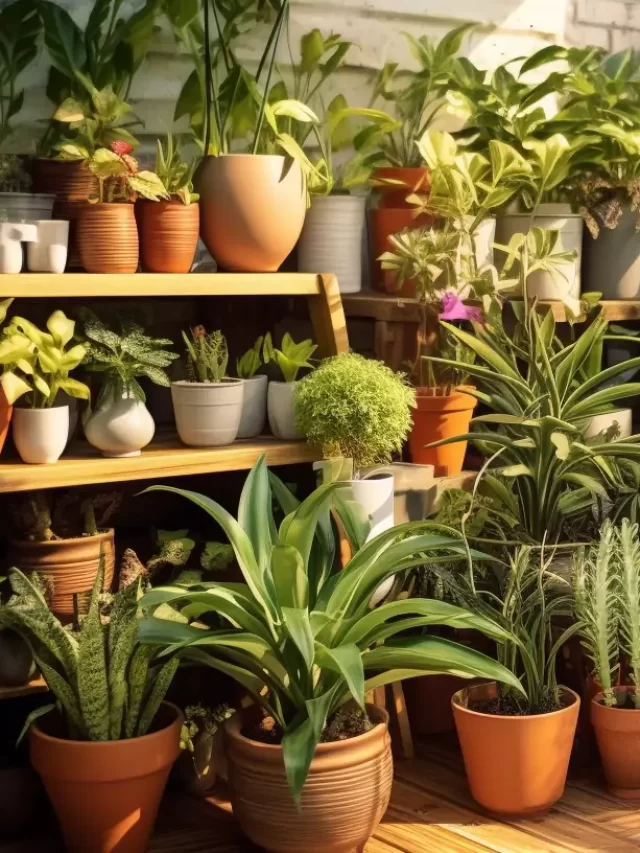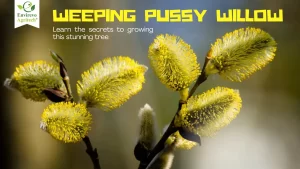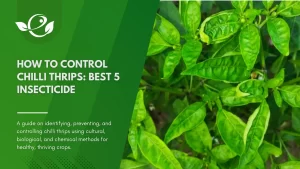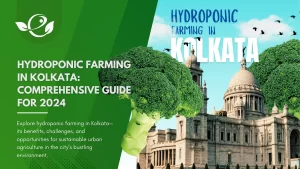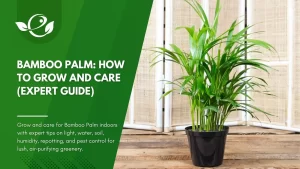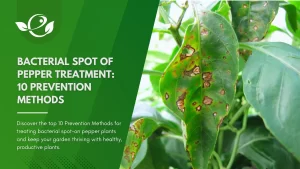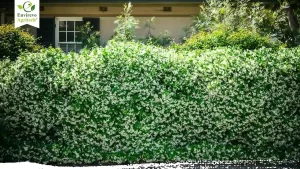Table of Contents
Gardening is a fulfilling endeavor, but it comes with challenges—one of the most unpredictable being frost damage. Frost, a natural phenomenon caused by freezing temperatures, can wreak havoc on your plants, leaving you with blackened foliage, scorched blossoms, or even entire plant losses. From early spring frosts that threaten tender seedlings to harsh winter freezes that test the resilience of perennials, frost can strike when you least expect it.
Understanding the science behind frost, recognizing its symptoms, and implementing preventive measures are key to minimizing its impact. This article is a comprehensive guide, offering real-world insights, expert advice, and actionable tips to help you protect, recover, and prepare your garden for frost events. Whether you’re a seasoned gardener or just starting, this resource will equip you to face frost with confidence.
What Is Frost Damage?
Frost damage refers to the adverse effects of freezing temperatures on plant tissues. It occurs when water inside and around plant cells freezes, disrupting their structural integrity. Plants, particularly tender or poorly adapted ones, suffer when ice crystals physically puncture cell walls, leading to desiccation and tissue death.
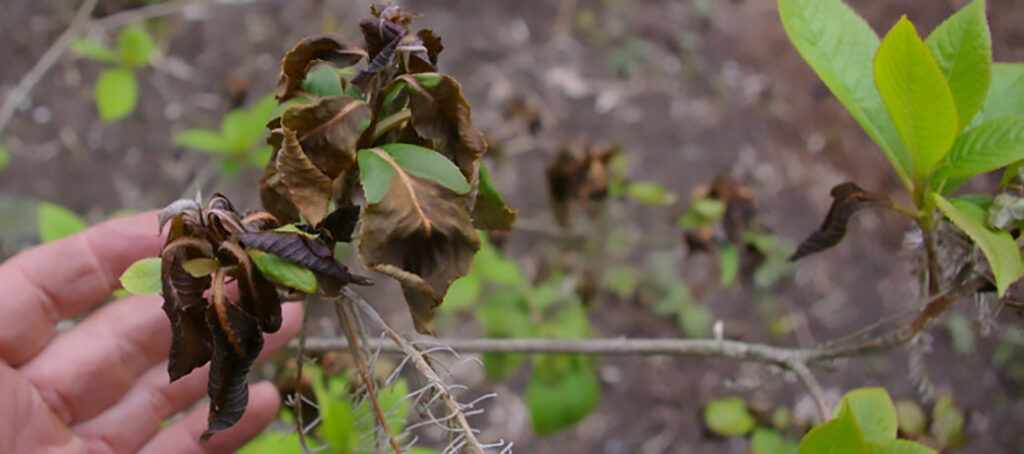
The Science Behind Frost Damage
- Freezing of Water:
- Plant cells contain water. When temperatures drop below 32°F, this water begins to freeze.
- Ice crystals form between and within cells, expanding and tearing cellular membranes.
- Disrupted Nutrient Transport:
- Freezing damages the vascular tissues responsible for transporting water and nutrients, hindering the plant’s recovery.
- Dehydration:
- Ice draws water out of plant cells, causing dehydration. In severe cases, this results in tissue desiccation.
Types of Frost and Their Effects
- Light Frost (32°F):
- Affects tender plants and surface tissues, such as flowers and foliage.
- May cause cosmetic damage but is rarely fatal.
- Hard Frost (Below 28°F):
- Leads to deeper tissue damage, including stems and roots.
- Often causes irreparable harm to non-hardy plants.
- Freeze Damage:
- Extended exposure to freezing temperatures can kill entire plants, particularly tropical species.
Symptoms of Frost Damage
Symptoms of frost damage vary depending on the plant type, exposure duration, and severity of frost. Early detection is key to mitigating damage.
Common Symptoms by Plant Type
- Tender Perennials (e.g., Cannas, Dahlias):
- Blackened foliage.
- Collapsed stems.
- Mushy tissue at the plant base.
- Evergreens (e.g., Bay, Pittosporum):
- Browning or scorched leaves.
- Marginal leaf burn from moisture loss.
- Spring Bloomers (e.g., Magnolia, Camellia):
- Browning or loss of blossoms.
- Corky, rough patches on young fruits, particularly in apples.
Progression of Symptoms
- Immediate Effects:
- Foliage appears water-soaked or dark green shortly after frost exposure.
- Gradual darkening to black or brown.
- Delayed Effects:
- Woody plants may exhibit symptoms months later, such as stem dieback or stunted growth.
- Persistent leaf drop or lack of flowering in affected areas.
Subtle Signs to Watch For
- Delayed bud opening.
- Pale patches between leaf veins.
- Stunted or slow regrowth during warmer months.
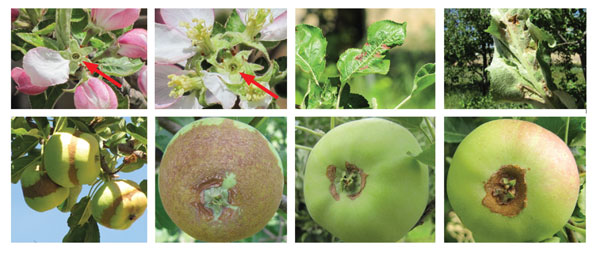
Causes of Frost Damage
Frost damage results from a combination of environmental conditions, plant characteristics, and improper gardening practices. Understanding these causes helps in designing effective preventive measures.
Environmental Factors
- Temperature Drops:
- Ground temperatures below 32°F cause ground frost, affecting roots and low-lying plants.
- Air temperatures below 32°F lead to air frost, impacting leaves, flowers, and stems.
- Cold Winds:
- Exacerbate frost damage by dehydrating leaves faster than roots can replenish water.
- Wind chill increases the severity of damage, especially in exposed gardens.
- Frost Pockets: Cold air settles in low-lying areas or against barriers, creating localized regions of severe frost damage.
Plant-Specific Factors
- Plant Age and Condition:
- Young or newly planted specimens are more susceptible due to underdeveloped root systems.
- Stressed plants (e.g., those with pest infestations or nutrient deficiencies) are less resilient.
- Growth Type:
- Tender plants with thin leaves and sappy growth are highly vulnerable.
- Hardy plants with woody stems or thick foliage withstand frost better.
- Seasonal Variations:
- Spring frosts affect emerging growth and flowers.
- Autumn frosts are often more damaging to tender perennials and late-harvest crops.
Human Factors
- Improper Planting Locations: Placing plants in frost pockets or exposed positions increases risks.
- Late-Season Fertilization: Nitrogen-rich fertilizers promote soft, new growth, which is more susceptible to frost.
- Neglecting Weather Forecasts: Failing to prepare for forecasted frost events leaves plants unprotected.
The Role of Frost Duration and Intensity
- Short Frost Events:
- Cause surface-level damage, primarily cosmetic.
- Recovery is possible if conditions improve quickly.
- Prolonged Frost Events:
- Lead to deep cellular damage, killing plant tissues and roots.
- Recovery may require significant intervention or replacement.
How Plants Naturally Protect Themselves
Plants have evolved remarkable mechanisms to endure frost conditions, leveraging their structure, biochemistry, and adaptability. These natural defenses are often the difference between surviving frost and succumbing to it.
Key Frost Protection Mechanisms
- Bark as Insulation:
- The bark acts as a natural barrier, similar to lagging on water pipes.
- Protects underlying conductive tissues responsible for water and nutrient transport.
- Particularly effective in woody plants like trees and shrubs.
- Anti-Freeze Substances:
- Certain plants produce sugars, amino acids, and proteins that lower the freezing point of cellular water.
- These substances prevent intracellular freezing and maintain the flexibility of cell membranes.
- Common in hardy plants exposed to gradual autumn cooling.
- Supercooling:
- Some plants avoid ice formation altogether by allowing cell contents to stay liquid even at subfreezing temperatures.
- Requires prior exposure to several days of low temperatures.
- Explains why sudden frosts are more damaging than gradual ones.
- Dehydration Tolerance:
- Plants in extreme climates, such as the Arctic, remove water from cells and store it in extracellular spaces.
- This prevents ice formation within the cells, though it causes temporary dehydration.
Factors Influencing Natural Defense
- Species-Specific Adaptations:
- Native plants often exhibit superior frost resistance due to generations of adaptation.
- Timing of Frost Exposure:
- Gradual cooling allows plants to activate protective mechanisms effectively.
- Sudden frost leaves even hardy plants vulnerable.
Frost Damage Prevention: 3 Best possible way
Proactive measures can significantly reduce the impact of frost on your plants. A combination of planning, strategic planting, and physical protection creates an effective defense.
1. Planning Ahead
- Check Hardiness Zones:
- Use tools like the USDA Hardiness Zone Map to select plants suited to your region.
- Understand the first and last frost dates for your area.
- Select Frost-Resistant Plants:
- Opt for species and cultivars known for their hardiness.
- Avoid planting tender plants during frost-prone seasons.
- Timing Fertilization:
- Avoid nitrogen-rich fertilizers late in the growing season.
- Promote hardier growth with balanced fertilizers that include potassium and phosphorus.
2. Site Selection and Preparation
- Avoid Frost Pockets:
- Plant in areas where cold air can drain away, avoiding low-lying spots.
- Use raised beds to elevate plants above ground frost levels.
- Create Microclimates:
- Plant near south-facing walls or fences to provide warmth and wind protection.
- Use reflective surfaces or materials to retain heat.
3. Physical Protection
- Mulching:
- Insulates soil and roots, stabilizing temperature fluctuations.
- Recommended materials: straw, bark chips, or leaf mulch.
- Covering Plants:
- Use fleece, blankets, or frost cloth to protect plants overnight.
- Ensure covers are removed during the day to allow sunlight and air circulation.
- Watering Before Frost:
- Moist soil retains heat better than dry soil.
- Water plants adequately a day before frost is expected.
- Moveable Protection:
- For container plants, move pots to sheltered locations like garages or porches.
- Use bubble wrap to insulate pots left outside.
Treatment of Frost-Damaged Plants
Despite the best efforts, frost damage may still occur. Timely intervention and proper care can help plants recover.
Immediate Steps After Frost
- Allow Plants to Thaw Gradually:
- Avoid touching or disturbing plants until temperatures rise naturally.
- Rapid thawing can worsen damage.
- Inspect Damage:
- Look for blackened leaves, mushy stems, or cracked bark.
- Assess whether the damage is superficial or structural.
- Avoid Premature Pruning:
- Dead-looking parts may still hold dormant buds capable of regrowth.
- Wait until new growth begins in spring before pruning.
Long-Term Recovery
- Pruning Damaged Areas:
- Use clean, sharp tools to cut back dead stems and leaves.
- Prune just above healthy tissue to encourage recovery.
- Encourage Regrowth:
- Apply a balanced fertilizer to promote vigorous new growth.
- Water plants regularly but avoid waterlogging.
- Refirm Frost-Lifted Roots:
- Check for plants that may have been lifted out of the soil by frost heave.
- Gently press the roots back into the soil and add mulch for stability.
- Monitor and Adjust:
- Keep an eye on the plant’s progress over weeks or months.
- Replace severely damaged plants if no recovery is observed by mid-summer.
Plants Resistant to Frost
Choosing frost-resistant plants is a long-term strategy for reducing frost-related losses. These plants have built-in adaptations that allow them to thrive in colder conditions.
Characteristics of Frost-Resistant Plants
- Hardy root systems that survive freezing.
- Tough, woody stems or thick foliage.
- Ability to enter dormancy during extreme conditions.
Examples of Frost-Resistant Plants
- Herbaceous Perennials: Hellebores, sedums, and ornamental grasses.
- Woody Shrubs and Trees: Holly, boxwood, and junipers.
- Vegetables: Kale, spinach, and Brussels sprouts.
- Flowering Plants: Snowdrops, crocuses, and pansies.
Native Plants for Frost-Prone Areas
- Native species are often best suited to withstand local frost conditions.
- Examples:
- U.S. Midwest: Prairie grasses and coneflowers.
- Northern Europe: Birch and rowan trees.
Care Tips for Frost-Resistant Plants
- Ensure Proper Planting Depth: Roots must be adequately covered to maximize frost protection.
- Supplementary Protection: Even hardy plants benefit from mulch during prolonged frosts.
- Avoid Overcrowding: Allow space for air circulation to prevent frost from settling on multiple plants.
Common Mistakes to Avoid
Even experienced gardeners can make errors that increase the risk of frost damage or hinder recovery. Avoiding these common pitfalls can protect your plants and save time and effort.
Planting-Related Mistakes
- Planting Too Early in the Season:
- Many gardeners rush to plant as soon as spring arrives, underestimating the risk of late frosts.
- Always consult local frost date predictions and harden off seedlings before transplanting.
- Ignoring Hardiness Zones:
- Selecting plants unsuitable for your region increases their vulnerability to frost.
- Use reliable tools like the USDA Hardiness Zone Map for guidance.
Preparation Mistakes
- Skipping Mulch Application:
- Failing to mulch leaves roots exposed to temperature fluctuations.
- Apply a thick organic mulch layer around the base of plants, especially in frost-prone areas.
- Neglecting Weather Forecasts:
- Relying solely on seasonal trends without checking current forecasts can lead to missed frost warnings.
- Set up weather alerts for proactive planning.
Protection Mistakes
- Using Inappropriate Covers:
- Plastic covers can trap moisture, leading to frost damage underneath.
- Use breathable materials like fleece or burlap for effective frost protection.
- Overcrowding Plants:
- Planting too closely limits air circulation and encourages frost accumulation.
- Space plants appropriately to reduce frost’s impact.
Treatment Mistakes
- Pruning Too Soon:
- Cutting back frost-damaged areas immediately can remove parts that might recover.
- Wait until new growth appears in spring before pruning.
- Overwatering Damaged Plants:
- Frost-weakened roots struggle to absorb water efficiently, and overwatering can lead to root rot.
- Water sparingly and monitor soil moisture.
Fertilization and Soil Management Mistakes
- Using Late-Season Nitrogen Fertilizers:
- Nitrogen promotes soft, sappy growth that is especially vulnerable to frost.
- Switch to potassium-rich fertilizers to strengthen cell walls before winter.
- Not Refirming Frost-Lifted Plants:
- Frost heave can expose roots to freezing temperatures.
- Regularly check plants and press frost-lifted roots back into the soil.
Recovery Mistakes
- Discarding Plants Prematurely:
- Many plants appear dead after frost but have viable roots or dormant buds.
- Monitor the plant’s condition until mid-summer before deciding to replace it.
- Forgetting to Shelter Recovering Plants:
- Frost-damaged plants are more vulnerable to subsequent frosts.
- Provide temporary protection until the plant regains strength.
Conclusion
Frost damage may be a daunting challenge, but it is far from insurmountable. By understanding how frost affects your plants and taking proactive steps, you can significantly reduce the risk of damage. From careful plant selection and strategic placement to using protective measures like mulch and frost cloths, preparation is your strongest ally. Even when frost strikes, timely interventions such as pruning and proper recovery care can restore your plants to health.
Remember, gardening is as much about resilience as it is about growth. Armed with the knowledge from this guide, you can turn frost challenges into opportunities to learn and grow as a gardener. With the right approach, you can safeguard your garden, ensuring it thrives through frost and beyond.
